Vásárhelyi István
He is a prominent figure in Hungarian nature conservation and a passionate advocate of the protection of Hungary's natural heritage.
Vásárhelyi István: Naturalist and zoologist
Perhaps many of us, at least among readers of István Fekete, are familiar with the name of the "old fish scientist Péter Uzsárdi", who is the manager of the trout farm in Lutra. In this work, István Fekete pays tribute to István Vásárhelyi, the scientist and leader of the trout farm in Lillafüred. István Vásárhelyi was born in Jászberény on 29 May 1889. His father was a religious teacher who died very young.
THE LIFE AND WORK OF ISTVÁN VÁSÁRHELYI
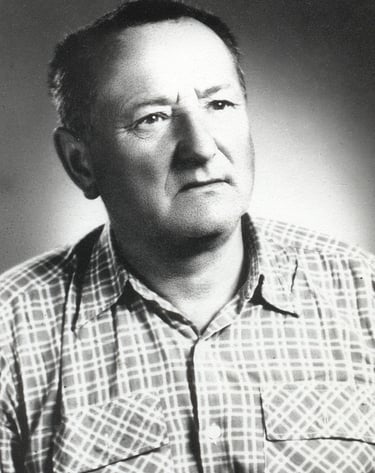

His mother and seven children were left without any support or help. In 1906, István Vásárhelyi started to work in Budapest with the only science he had learned from his father, taxidermy. "Here I had the unhoped-for happiness of meeting the great scientist, Herman Otto, who was already idolized by then, and as a young man I was able to shake hands with him twice." In 1907, he was accepted as a scholarship holder at the Jászberény Farmers' School, where he went because he loved nature more than anything else. In 1908 he graduated with honours.
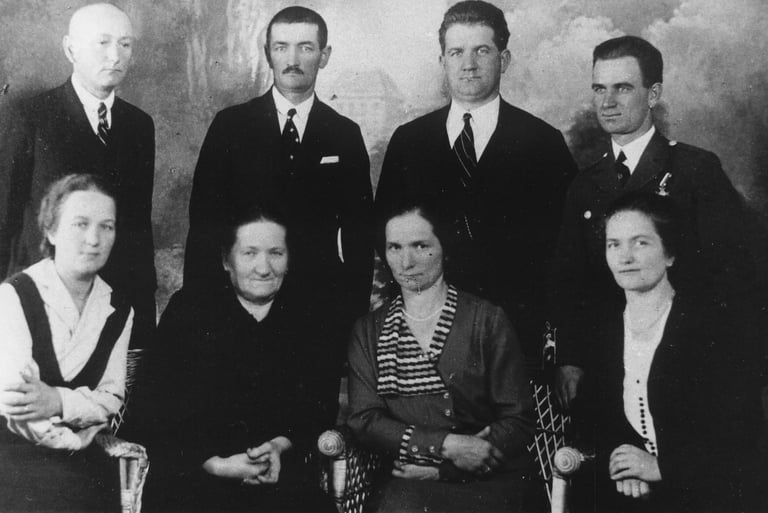

He then settled on a manorial farm, where he continued to study and collect after work, and was therefore mostly looked down upon, scorned and ridiculed by his superiors and colleagues.In 1912, after reading a book on trout farming, he went to a trout farm in Transylvania. He tidied up the farm's trout streams while collecting. He put together a collection of bones and eggs. Between 1914-16, he was in the army and the war, from which he was invalided home as a result of wounds. During the war his Transylvanian library and collection were completely destroyed. In 1924, he was transferred to Pusztapa in the Great Plain. This is the beginning of the most productive period of his scientific work.

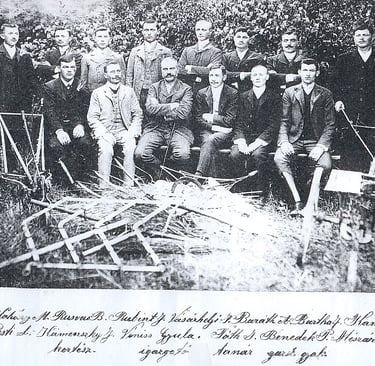
His work was noticed by Gyula Éhik, one of the most important representatives of the zoological scientific life of the time, and on 1 April 1927 he presented Vásárhelyi's paper "Data on the life of the ground dog (Spalax hungaricus hungaricus Nhrg.)" at the meeting of the Zoological Section of the Royal Hungarian Natural History Society. "... the following, very substantial paper proves that Vásárhelyi, although not a trained zoologist, is a very talented observer" says Éhik. This seemingly benign introduction casts a shadow over Vásárhelyi's later fate. Thus, one of the most outstanding Hungarian zoologists was refused admission to the 'professional' camp for the rest of his life. His will and talent overcame all adversity, and he remained alone for most of his life.In 1927 he was transferred to Felsőmeira, then in 1929 to the Miskolc Forest Directorate, where he continued his research.

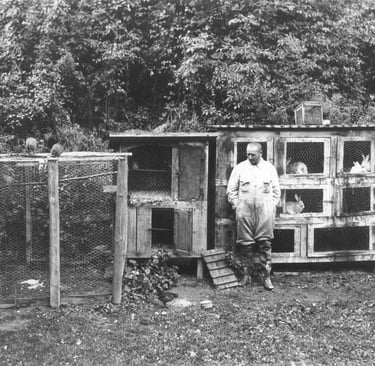
In the meantime, he continues his observations and research in the Hernád Valley, the Bükk and the Zemplén, and in trout breeding. In the meantime, he publishes a lot, until in 1936 his forestry bosses ban him from writing. "His article on 'The mating and literature of the marten and the bustard' also led him into a fatal dispute with his professional patron. As a result of these two things, he is for a long time only allowed to publish under a pseudonym. His writings include Vilmos Berényi, István Molnár, István Újhelyi, Sárszögi, Hungaricus, V. The war reached the trout farm on 12 December 1944. The fish stock of the pond farm was completely destroyed. And destroyed were the nearly 10 000 skulls and skins, 500 bottles of alcoholic mammal embryos, 100 dismembered skeletons, a collection of about 1 000 skulls and abnormal bones, a huge collection of snails. This collection was repeatedly requested from Vásárhelyi abroad, but he did not sell it. "... my secret hope was that one day we would succeed in setting up the Herman Otto Beech Museum, and I would be able to place them there. " he writes in his autobiography. The loss did not discourage him, however, and after the war he set to work with renewed vigour.He resumed his collecting, the result of which was a huge collection of snails, including 26 hitherto unknown species. In 1952, the National Angling Association took over the management of the trout farm, which was to become the first of its kind in the country. More ponds are being built, and 400-450 000 eggs and fry are being stocked into trout waters across the country every year.
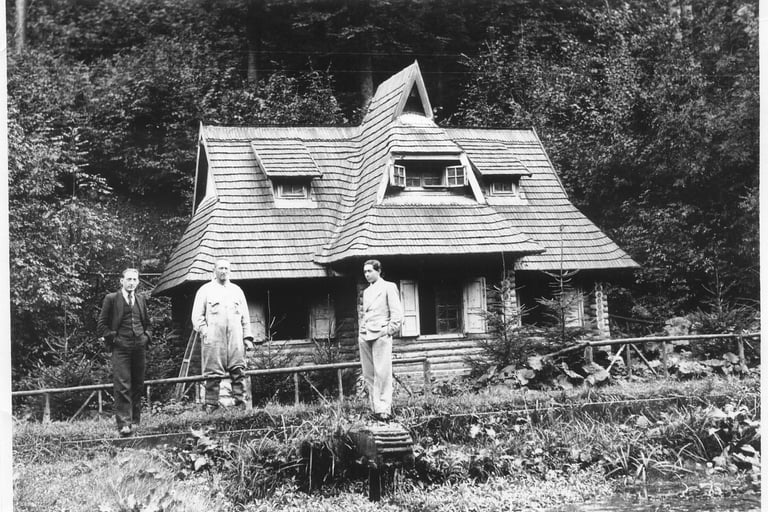

During this period he published a lot of articles, 25 in Halászat, 20 in Horgász and Horgász körlevél. Many of his articles have been published in Aquila, the Hungarian Hunting Journal, the Borsodi Review, Vertebrata Hungarica, Life and Science, the Natural Science Gazette. 25 articles have been published in foreign languages. He has written books on Trout Farming; The Fish of Hungary in Writing and Pictures; The Catfish; On the Benefits and Harms of Amphibians and Reptiles; Useful and Harmful Aquatic Reptiles. With his entire oeuvre, István Vásárhelyi refutes Gyula Éhik's statement that "he is not a man of writing, but of the plough".
In his autobiography he writes of his life and work: 'After a very bitter childhood, a youth full of struggles, a manhood full of humiliations, I have only a miserable old age to share in the class. The only consolation is that, despite my 77 years, I can and will work, even if some people don't like it, until the Grim Reaper, the great Grim Reaper, knocks the pen out of my hand."
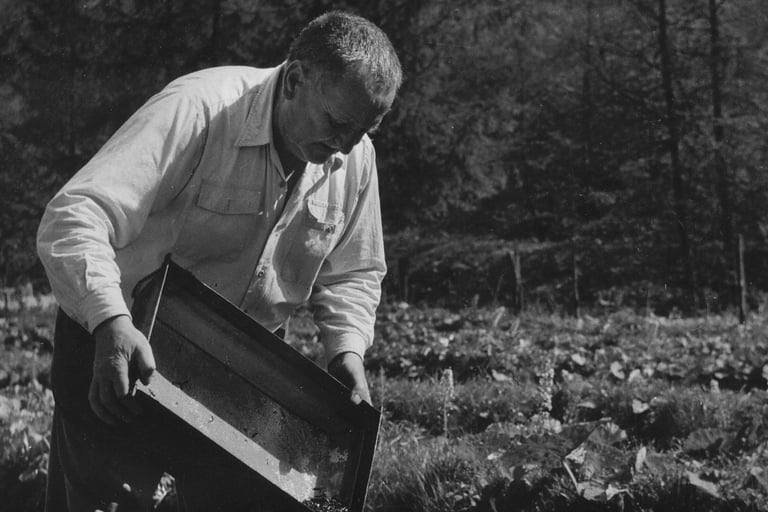

The personality of this outstanding naturalist was characterised by his outspokenness, his ability to create new values, his scientific doubt and his much more modern way of thinking than his contemporaries, who, in addition to a taxonomic approach, also studied nature from an ecological and ethological point of view.
In his will, he is buried in the Hámori cemetery, next to Otto Herman.
